Programmatic Advertising

Amli Media:
A talented in-house team of experts outreach & Digital Media complement the analytical technical Programmatic Ad professionals ensuring your business grows organically by working hard & getting you a better result.
Contact Info
Amli Media Private Limited, 811, 10th A Main, Suite 456, 1st floor, Indiranagar, Bangalore, Karnataka, India - 560038
Phone: (+91) 9535788765
Support: support@amlimedia.com
Sales: sales@amlimedia.com
To provide you with the greatest experience on our website, we use cookies. We will presume that you are satisfied with our site if you keep using it. COOKIE POLICYOK